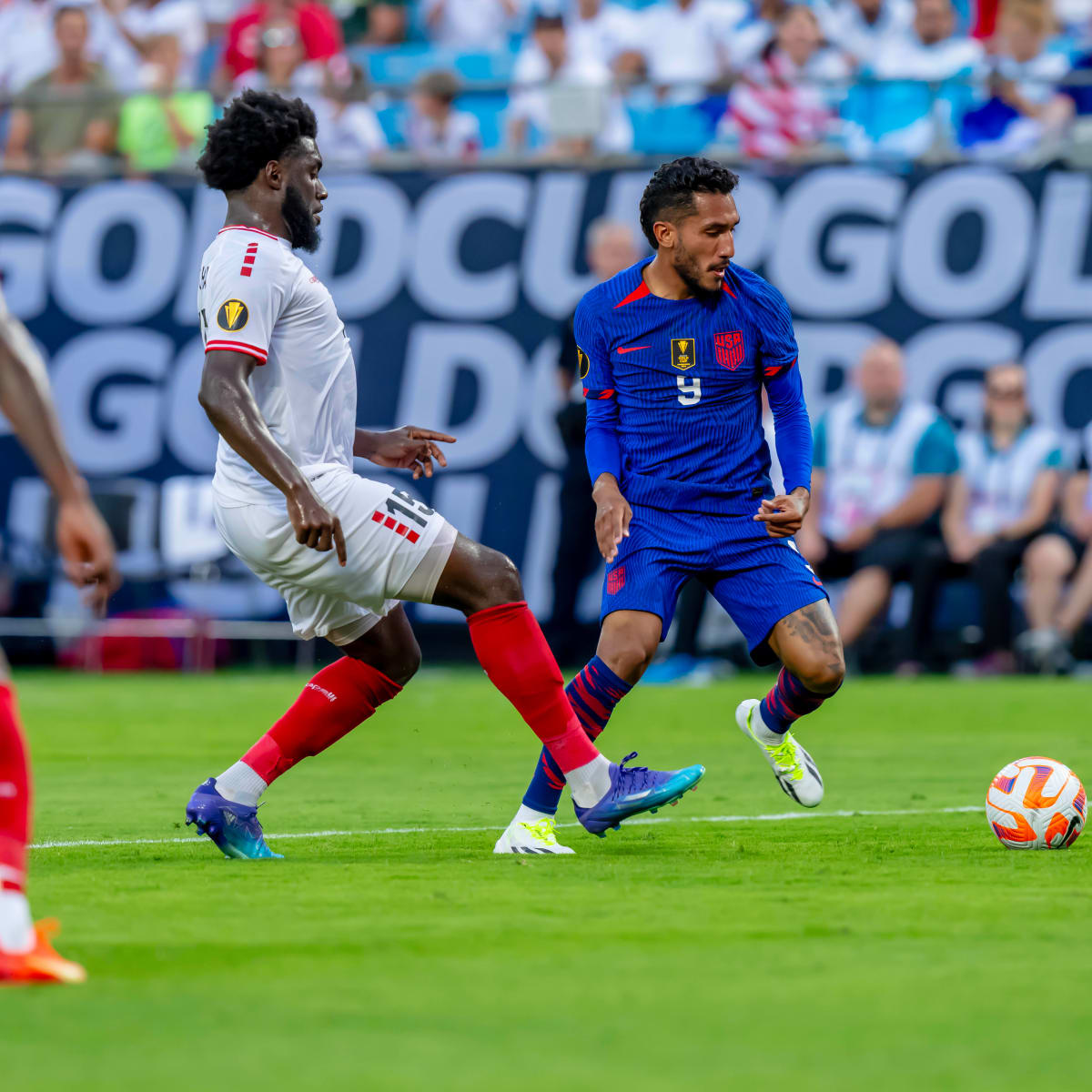Total Football is a tactical approach to soccer that emphasizes fluid movement, positional interchange, and an intense pressing style. It revolutionized the game in the 1970s and 1980s, primarily attributed to the Dutch national team and club Ajax. Its core philosophy is that any player can take on any role during the course of the game, fostering versatility and teamwork. This article explores the fundamental components of Total Football, its historical context, key figures, tactical strategies, and its lasting impact on modern soccer.
The Historical Context of Total Football
The Roots of Total Football
Total Football originated in the Netherlands during the 1960s and 1970s. The tactical philosophy emerged as a response to the limitations of individualistic styles that focused primarily on rigid formations. Coaches and players sought a more dynamic system, where fluidity and adaptability would allow teams to maintain heightening levels of control over the game.
Notably, the term “Total Football” became widely recognized following its implementation by coach Rinus Michels at Ajax and later the Dutch national team. Influenced by earlier tactical ideas, Total Football sought to integrate offensive and defensive actions while maximizing every player’s skill set.
The Role of Ajax and the Dutch National Team
Ajax, under Rinus Michels, served as the crucible for Total Football’s development. The club’s academy produced a generation of skilled players who understood the philosophy’s complexities. Players like Johan Cruyff emerged as icons of the game, not only showcasing exceptional technical abilities but also displaying the tactical intelligence that Total Football required.
The Dutch national team further solidified the principles of Total Football under the guidance of Michels. The 1974 FIFA World Cup showcased this new style, captivating audiences with a brand of soccer that had never been seen before. Although the Netherlands did not clinch the trophy, the legacy of this tactical approach began to take root.
Key Principles of Total Football
Positional Interchangeability
One of the hallmark characteristics of Total Football is the concept of positional interchangeability. Players are not confined to fixed roles but are encouraged to move around the pitch, adapting to the flow of play. This flexibility ensures that the team can maintain shape and function effectively, regardless of the specific situation on the field.
For instance, if a winger cuts inside to take a shot, the adjacent central midfielder might overlap to provide support. This fluidity disorients defenses, making it challenging to mark players individually. Furthermore, it enables teams to recover quickly during transitions, allowing for effective counter-pressing and defensive organization.
High Pressing and Ball Recovery
Total Football emphasizes the need for a high-pressing game. When the team loses possession, players immediately engage in winning the ball back, minimizing the opponent’s transition possibilities. The strategy relies on coordinated pressing movements, creating numerical advantages in critical areas of the pitch.
This intense pressure often results in turnovers in advantageous positions, allowing teams to capitalize quickly. A high line of defense can support this approach, as players are positioned closer to the opponent’s goal, ready to pounce on mistakes.
Emphasis on Team Cohesion
Successful Total Football hinges on strong collaboration among players. The tactical cohesion fostered within training sessions must translate to match environments. Communication, mutual understanding, and anticipation of teammates’ movements are critical components that dictate a team’s effectiveness.
Players must possess a high soccer IQ and adaptability to execute this tactical approach successfully. Knowing when to press, when to drop back, and how to exploit space requires synergy that can only be achieved through repeated practice and shared experiences.
Technical Skills and Creativity
Total Football demands a high level of technical capability from players. Close control, accurate passing, and creative decision-making are essential, as players must be able to maneuver in tight spaces and pass under pressure. This technical proficiency allows for intricate combination plays and quick transitions that characterize the style.
Furthermore, creativity in decision-making is paramount. Players often need to rethink traditional approaches, finding new angles or solutions while executing offense and defense. Such improvisation keeps the opponents guessing and creates new scoring opportunities.
The Influence of Johan Cruyff
A Revolutionary Figure
Undoubtedly, Johan Cruyff’s contribution to Total Football goes beyond mere participation as a player. His vision for the game fundamentally altered the principles of Dutch soccer and influenced generations of players and coaches globally. After his tenure at Ajax and the national team, Cruyff entered the realm of coaching, further solidifying his legacy.
His time at Barcelona catalyzed a shift in the club’s playing style and philosophy. Cruyff emphasized youth development, attacking play, and positional interchange while staying true to the principles of this tactical approach. The introduction of the famous “La Masia” academy produced a generation of talent that transformed Barcelona into one of the most successful clubs in history.
Cruyff’s Tactical Innovations
Cruyff’s tactical innovations expanded the horizons of Total Football. The introduction of the “false nine” position became a hallmark of his philosophy. By pulling defenders out of position and creating space on the field, he exemplified the fluid nature of this tactical approach. This tactic became prominent in European football, with clubs adopting similar strategies to exploit tactical weaknesses.
His focus on offensive soccer impacted not only Barcelona but also the broader landscape of soccer. Coaches worldwide began adopting Total Football’s principles, leading to a more collective and free-flowing approach across many leagues.
Tactical Strategies in Total Football
Formations and Player Roles
Total Football does not prescribe a specific formation. Instead, it focuses on principles that can be adapted to various setups. While teams may utilize formations like 4-3-3 or 3-4-3, players can shift roles dynamically during a match. The key lies in the team’s ability to maintain possession while creating space for all players to contribute.
Transitioning between Attacking and Defensive Phases
A crucial aspect of Total Football is seamless transitioning between attacking and defensive phases. When a team loses the ball, all players immediately switch to a defensive mindset, pressing as a cohesive unit. Conversely, upon regaining possession, they transition into offense, exploiting the opponent’s momentary disorganization.
This quick shift in mentality requires players to be versatile and alert. The team is always prepared to either attack or defend effectively.
Utilizing Width and Depth
To create chances and stretch defenses, Total Football teams emphasize width and depth. Utilizing the entire pitch allows players to create overloads in certain areas, drawing defenders out of position, thereby creating space elsewhere.
Players frequently shift into wide positions, spreading out the defense and opening passing lanes. This use of width maintains attacking momentum and poses constant threats to the opposing players.
 The Everlasting Legacy of Total Football
The Everlasting Legacy of Total Football
Modern Adaptations of Total Football
Although Total Football is often associated with the Netherlands in the 1970s, its philosophy continues to influence modern soccer. Many high-profile clubs and national teams incorporate principles drawn from Total Football into their tactical approach. Teams like Manchester City and Barcelona have adopted possession-based, fluid football that captures the essence of Total Football.
Moreover, the successful implementation of Total Football’s principles can be seen in the rise of “tiki-taka” style play, predominantly made famous by Pep Guardiola’s Barcelona. The possession-heavy game encourages creativity and fluidity, reminiscent of Total Football’s core tenets.
Total Football’s Influence on Player Development
The legacy of Total Football extends beyond tactical approaches; its principles have also reshaped player development. Youth academies worldwide now prioritize teaching players skills that support a more versatile playing style. The importance of fostering soccer intelligence, technical proficiency, and adaptability ensures that the spirit of this tactical approach lives on.
Encouraging young players to break free from rigid positional roles is a testament to Total Football’s enduring influence. By emphasizing holistic development, future generations of soccer players can continue evolving the game.
What is Total Football Today?
In essence, Total Football represents a philosophical approach that transcends specific formations or tactics. It embodies the idea that soccer is a collaborative endeavor, requiring not just individual skill but also teamwork, creativity, and intelligent play. At its core, Total Football remains an ever-evolving lens through which we can appreciate and engage with the beautiful game.
Today, coaches, players, and fans continue to celebrate the spirit of Total Football. Its principles of fluidity, interchangeability, and attacking intent not only enhance gameplay but also foster deeper connections among those involved. Whether in grassroots development or the highest echelons of professional football, Total Football’s ideas sustain a legacy that champions creativity, teamwork, and a profound love for the sport.



